Preparation
The dates of the grape harvest fall between 28 and 5 October, at the time of maximum ripeness, with probable gradings of 15%,14.3% and 13.4%, among Garnacha, Cariñena and Cabernet Sauvignon and a total acidity of 6.5, 6 and 7 g/l of tartaric acid.
Once the grape harvest arrived at the wine-cellar by means of selection belts, only bunches of between 100 and 200 grams were picked manually and deposited in large new barrels of French oak where they were maually crushed with a wooden stick. All fermentation took place in large, recently opened barrels of 225 l and each variety separately.
The temperature of the wine-cellar on these dates was of about 13º-15ºC at the most, which meant that refrigeration was not necessary, as well as working with such small volume meant that the fermentation never reached 22-23ºC.
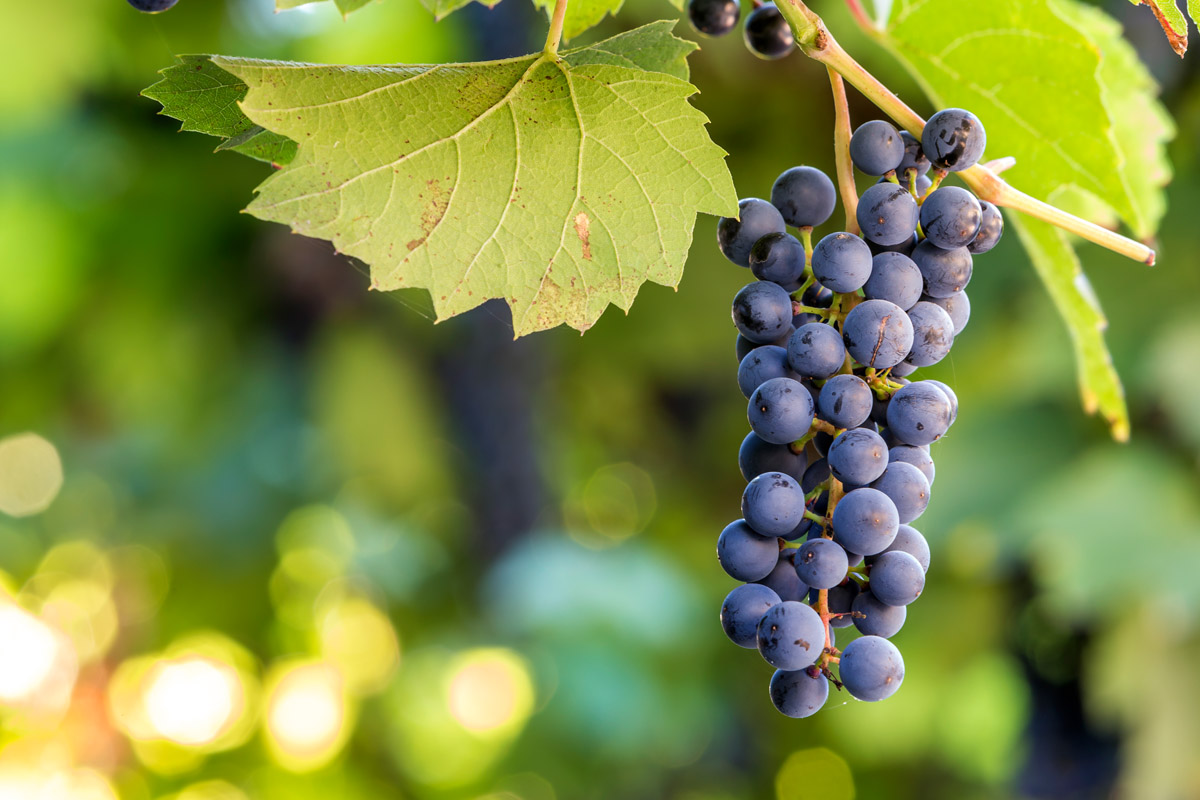
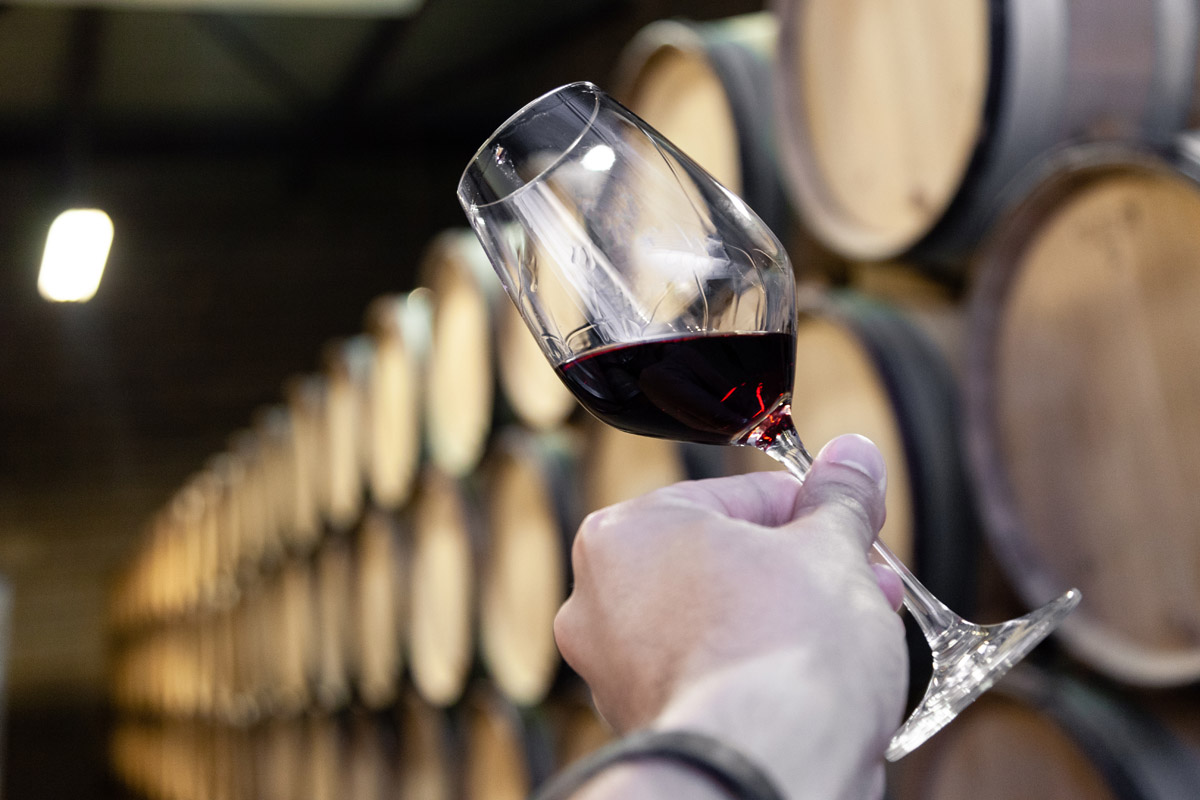
The number of days taken for the maceration is very variable, the same as the number of stirrings; the wines were tested and thanks to the experience of the oenologist, the vision of the future of how they would develop both in the barrel during the following 12 months and later in the bottle.
Towards the middle of November the barrels were gently strained by gravity to respect as much as possible the structure of the wine. The barrels were closed and refilled with the strained wine, each one of the varieties separately, the crushed mixture of all the varieties was put in a separate barrel apart.
Once the spring has started between May and June the barrels start to spark, small bubbles of carbon dioxide appear on the surface of the wine, the stoppers of the barrels suddenly pop out, “THE WINE IS STILL ALIVE!”, undoubtedly due to the lactic bacteria, which at temperatures of between 18-20º C start to become active. When these have finished their fermentation, the wine is decanted and we notice the aroma of cream or butter coming from this liquid, as a result of this fermentation which consists of transforming malic acid into lactic acid, the acid typically found in yoghourts.

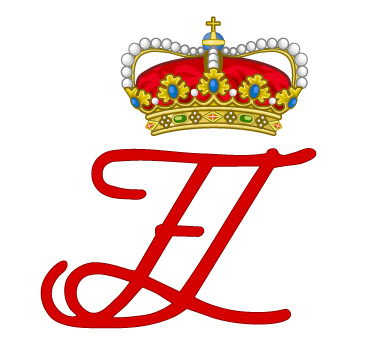
The wines were mixed in February of 2004 and the mixtures were stored for two months in large barrels so that there would be maximum cohesion between the different varieties. At the beginning of May they were lightened with natural eggwhite.
Such extraordinary results of the finished product and the approach of the great event which represented the Royal Wedding of the Prince and Princess, encouraged us to crown this magnificent wine by bottling it on the very same day.
Tasting
ROOM: Quiet at a temperature between 20 – 22ºC.
GLASS: Type Amarone, Grenache, Hermitage or Priorato, (Series Vinum Riedel).
WINE: Temperature 16 – 18ºC
Fine wineglass with a wide base and a narrow mouth. Decanting. Should be done gently, leave in a vertical position some days before, pour slowly keeping the decanter inclined so that the wine slides down the side and does not splash the bottom of the glass tiring the wine. It is necessary to check the limpidity through the back of the bottle and in case any accumulated deposit should slip out, the bottle should be straightened up immediately. Time: Should be decanted at least an hour in advance.
TASTER:Absence of perfume. Preferably on an empty stomach.

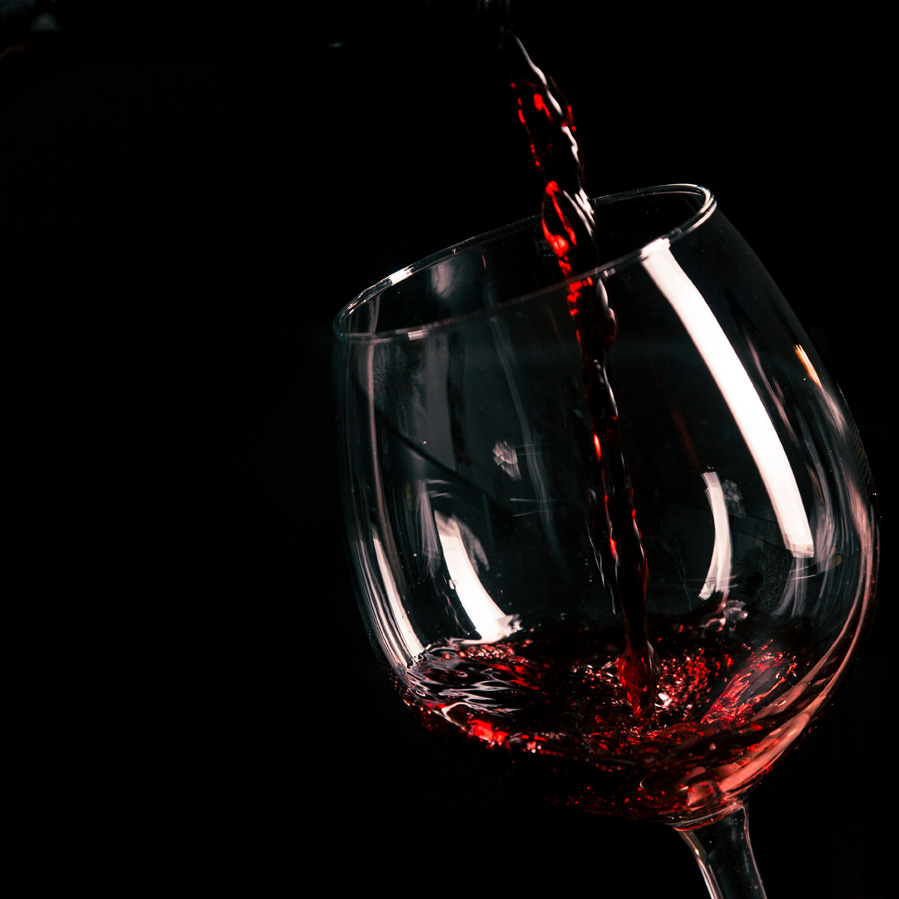
VISUAL ASPECT: The surface of the wine is shiny and clear, an intense ruby-red colour, with soft tile-like sparkles at the edges, fruit of the Garnacha. As we move it around the sides of the wineglass, a number of clear tears are formed, which augur a high strength of the wine.
AROMAS: A first impression with the wine resting in the wineglass, an intense but delicate aroma is detected with great complexity because of the variety of the aromatic shades that can be found in it.
The second time we smell it, as soon as it has been moved to increase the surface contact with the air and, consequently the evaporation of the fragrant components. We are taken over by a very balmy aroma of liquorice or pine, typical of the high grading, but this gradually fades away to give way, in the first instance, to a delicate aroma especially like saffron and in second place the fresh hints of black fruits like currants which are combined with the almonds or walnuts typical of the new oak where this wine is born and developed.
FLAVOUR:
The aroma is very persistent when we have it in the mouth, in the retronasal analysis, it brings back and reaffirms its balmy aspect, reminding us of liquorice.
In the mouth it is expansive and generous, spreading throughout the cavity without difficulty, as it is totally lacking in astringency, on the contrary it has a velvety, silky feeling of great depth.
With the second sip we reaffirm the freshness found in the bouquet with red fruits, which is a determining factor showing us the great balance achieved between the high grading and the acidity.
We are facing a noble wine in which the characteristics found in the bouquet are reaffirmed in the taste and which together with the great balance, invite you to try it again.
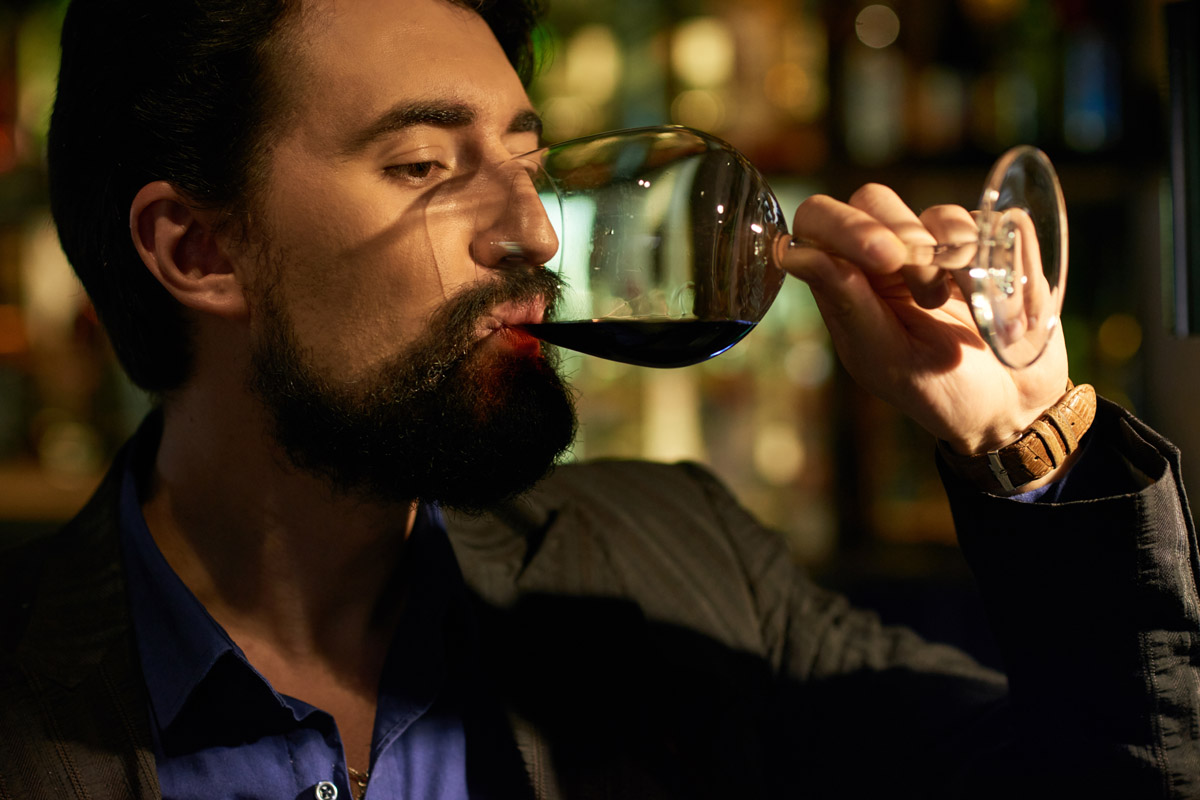
Composition
Out. registry num. 1910/04
Josep Miquel Vidal Agricultural Technical Engineer. Certifies that:
FERRER ESCODA S.L. has delivered a wine sample the day 24.05.04 with the following identification:
Ref.: Príncipe Felipe de Borbón – Princesa Letizia Ortiz – 2002
Destination: JAPAN
With the analytical determinations performed between the 05/24/04 and the 28/05/04. the results have been the following:
Relative density at 20ºC 0,9927
Numerical calculation
Volumetric mass at 20ºC 0,9910 g/mL
Areometric
Volumetric alcoholic grade acquired 14.25 % vol Distillation and aerometry (LD = 0.2)
Total volumetric alcoholic strength 14,27% vol
Volumetric Calculation Acquired
Total sugar (G+F) 0,40 g/L
Enzymatic determination (glucose + fructose) (LD = 0,2)
Total dry extract 28,7 g/L
Densymmetric
Total acidity, exp. in tartaric acid 5,4 g/L
Acid-base titration (LD = 0,2)
Volatile acidity, exp. in acetic acid 0,56 g/L
Steam entrainment distillation and acid-base titration
Free sulfur dioxide 24 mg/L
Isometry and potentiometric titration (LD = 3)
Total sulfur dioxide 144 mg/L
Isometry and potentiometric titration (LD = 3)
Citric acid 120 mg/L
Enzymatic (LD = 20)
Chloropicrin and metabolites, exp. in monochloronitrometrad inarp. ug/L
Extraction and GC-ECD (LD = 5)
Methanol 258 mg/L
GC-FID (LD = 2)
Cyanide derivatives (potassium ferrocyanide) inarp. mg/L
Precipitation (LD = 2)
Allyl isothiocinate inarp. mg/L
Extraction and GC-ECD (LD = 0,1)
Wine for collectors
Real asset. Wine for investment

